Open-source Flash game show maker
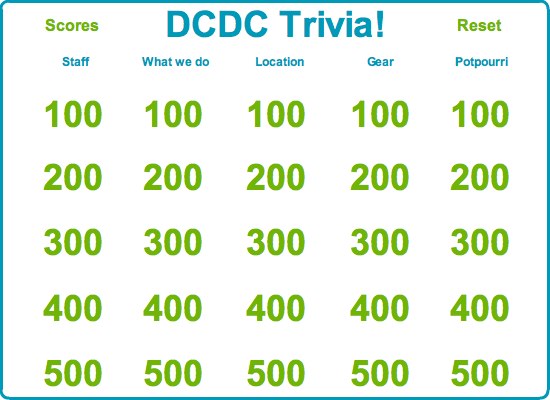
Click on the screenshot to check out an example game show. You'll need the latest Flash player to see it.
I finished making my second Flash application for the DCDC! (My first is here.) My goals were as follows:
- Create a Jeopardy-style game that instructors could use in a synchronous environment (such as Elluminate, Dimdim, or a face-to-face classroom).
- Make the application accessible to instructors. This means that instructors shouldn’t need to know how to use Adobe Flash or even own a copy of Flash to be able to create a quiz and customize its appearance. I achieved this by linking all text and colors to an XML file, which can be edited using any text editor.
- Make the application open and freely available. The application is published under the BSD, and the accompanying instructions are published under a Creative Commons license (BY/NC/SA).
All three goals accomplished! And here is the DCDC Game Show Maker as a .zip file. The file includes instructions on how to use it, which I hope are clear. Please comment below on how the application and the instructions could be improved! Or email me, or send me a tweet.
I learned a lot from the first application that I applied to this one, so I think this second one is much more cleanly written. And I know I can do an even better job on my next try. Any suggestions for what to tackle? What kinds of games do you wish you could play in your online classes (as a student, teacher, or whatever)?
A caveat and a request: I tested this, of course, and everything seems to work fine for me. But I am a new programmer, and I probably didn’t anticipate what YOU are about to do with it. Please let me know about the problems you run into so that I can fix them. Or even better, send me a new version that includes the fixes and improvements you’ve made. That’s one of the great things about open source, right? (I will probably be updating the .zip file as my colleagues work with it, too – check back here!)

UH Foundation update: All is forgiven!
The squeaky wheel gets the grease – proven true once more.
After my public call-out of the UH Foundation for their questionable research ethics, I got this email from the Controller of the Foundation:
Dear Betsy,
I am sorry to hear that you are not pleased with the Foundation’s actions. I would like to clarify the reason for our inquiries and delay over your reimbursement.
First of all, the Foundation requires that all original receipts be submitted to us. The receipts that were submitted with your request were copies, therefore, we were required to follow up to see if originals were available. The reason for requiring original receipts is to ensure that we don’t inadvertently pay an invoice twice.
Secondly, gift cards given for services, prizes or awards can be viewed by the IRS as income to the recipients. In order to make a determination whether these gift cards are reportable to the IRS, we had to inquire who they were given to, the amount given to each person and the purpose. At the time of our inquiry, we did not know that they were given to students for their participation in a study in which their names were confidential. Once we were made aware of the situation, we documented our records that the study was confidential and proceeded to process your check. We see many different scenarios throughout the 10 campuses and need to understand each one and document exceptions to the general rule. Please understand that similar to you, we need to make sure our records are in compliance with any audit that we are subject to.
You were awarded the grant in April 2008 but have not received any funds. I am not sure what happened to your request for reimbursement between November 2008 and March 2009. Our records show that the first request for reimbursement we received was on March 12, 2009.
I hope this gives some insight into our inquiries over your reimbursement. We did not intend for this to be a difficult process and would be happy to discuss any further concerns with you. Your reimbursement check will be included in our next check print which is Monday, April 13th. Thank you.
Super! All is forgiven. I will look forward to receiving that check. And I’ll be squeaking some more if I don’t get it as promised. :)
And in case you were wondering if this blog was, in fact, the catalyst for the email, try a Google search for “UH Foundation.” My post is the fourth hit.
Update (4/8/09): Up to #3 on a Google search! Whee!
Update (4/9/09): My check has been delivered! It will soon be in my hands. Thanks for the quick action, UH Foundation!
Update (4/16/09): I picked up my check yesterday! The entire issue is now behind me. :)

Research ethics FAIL: UH Foundation
I applied for and was awarded a grant for $645 in April 2008, and I have yet to receive the funds. Beyond the money, however, I am upset about the complete ethical FAIL on the part of the foundation that awarded the grant.
This grant is from the ‘Oihana Maika’i Fund, which is administered by the University of Hawaii Foundation. Awardees are selected by a committee appointed by the chair of the Department of Second Language Studies (SLS). The application for the award is here. I had to submit an application that detailed the study I intended to perform and what expenses would be involved.
I completed the research that the grant was intended to fund in November 2008, and I submitted my receipts to the Department of SLS that same month. I have communicated back and forth with the department since then, mostly inquiring about when I would receive the funds. This morning, I received an email from the department as follows, with my own emphasis added:
Betsy,
I called the UH foundation to check on your check, and learned that it was on hold. “They” need a list of the names of the participants in your study and a statement that all of them were students.
Say what?!? The foundation that awarded me a grant to do research involving human participants wanted me to utterly betray the confidentiality of my research participants?!?
Now, even if I had wanted to betray my participants, I could not have. Any idiot who wants to get research designated “exempt from review” by their institutional review board knows that you CANNOT collect participants’ names. What would you need them for, anyway? So, I don’t even have a list of their names. And if I did, I wouldn’t give it to the UH Foundation. Not for love or money – which they already said they would give me, without mentioning these ridiculous extra hoops to jump through. (They promised me money, that is, not love :)
After my initial wave of disgust at the Foundation passed, I began to wonder what their motives were. Why in the world would they want the names of my participants? Were they planning to contact them and confirm that they had indeed participated in my research? Or worse, did they want to add some names to their call list to solicit funding? And why did they want to confirm that the participants were all students? That was not a factor in my application for the grant, so it would seem to be related to their desire to contact the participants – if they were students, the foundation could easily access their contact information by having only their names. So, if my participants were not all students, would the Foundation decide to renege on the the award? Fundamentally, why does the Foundation offer research grants if they don’t understand the simplest thing about the nature of research?
Luckily, my contact in the Department of SLS understood my objections and inability to produce the names. He intervened for me, and managed to get the Foundation to accept my word that my participants were promised confidentiality and that they were all students. So, with any luck, I’ll be receiving my check in, oh, say, three more months? Unless they can invent some new reason to withhold the money.

University of Hawaii Foundation: Heavy on the DISCOVER-y (of confidential information) and low on the EDUCATE and INSPIRE.
 Update (4/7/09): See UH Foundation update: All is forgiven.
Update (4/7/09): See UH Foundation update: All is forgiven.More tools for displaying data
I’ve been on a chart-making kick lately, somewhat like Lisa Simpson – it’s good geeky fun to make graphs using Web 2.0 tools!
I found out about Rich Chart Live from Larry Ferlazzo’s Websites of the Day. The chart I made (using invented data) is above. Reload the page if you didn’t see the animation the first time around. You can export the charts that you make as Flash or PowerPoint, and you can embed the result in your blog (as Flash). You can also save your work and come back to it later – without any registration required! Cool!

I can has Venn diagram?
Last week, I wanted to create a Venn diagram to visually represent data in a study. One of my colleagues (who shall remain nameless unless he chooses to reveal himself) recommended that I try out GraphJam. So, I visited the site, and I found that it was intuitive and even fun to make a simple, colorful Venn diagram that represented the teaching experience of the participants in the study. The graph I made is above.
It was only after I finished making it and tried to save my beautiful creation that I encountered this dialog:
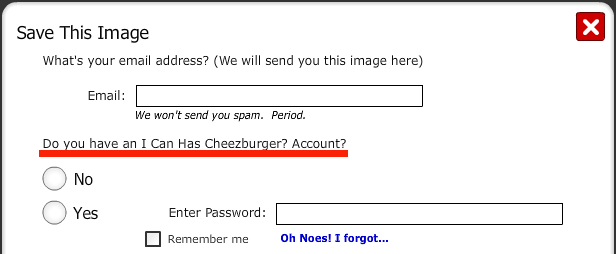
Oh Noes! In case you missed it, as I did, I’ve helpfully underlined in red the relevant information: I was making a serious Venn diagram using I can has cheezburger?!
Now, believe me, I like LOL cats as much as the next person. Okay, I LOVE LOL cats. And yes, I admit, I subscribe to the feed so that I don’t miss a single LOL. (Don’t judge me!) But what should I make of this? The easiest to use, most functional Web 2.0 tool that I could find for making a Venn diagram is only intended for making LOLs!
If this tool had a few more options – such as the ability to save your diagram without making it public, or an option to remove the LOL-meter that lets people vote on it – then, I would be very happy to use it for my “serious” tasks, with or without cheezburgers.
Kthxbai!
CALICO 2009: Fun, informative, and productive
The past three days (Thursday, Friday, and Saturday), I was attending the Computer Assisted Language Consortium (CALICO) conference in Tempe, Arizona. It’s the first time that I’ve attended CALICO, although I’ve been interested in it for a while. It’s also the largest conference that I’ve ever presented at or attended – there were about 350 attendees. And it was my best ever conference experience!
Part of the reason I had such a positive experience is that this conference was almost entirely focused on themes that I care about. When I go to more general education or language conferences, I am always seeking out the presentations that involve technology or corpus linguistics or ESL. Sometimes I hit the jackpot and find two of these themes together. But usually, I end up attending presentations that I am less interested in. Compromises must be made. At CALICO, however, I had a very difficult time choosing the sessions because I often wanted to see many sessions during a given time period!
Luckily for me, most of the sessions were recorded and will be available on the web. If I understood correctly, TWO separate recordings were made of each presentation: an audio recording and an audio/screen video recording. I don’t know where the pure audio recordings will be posted, but the audio/video recordings are available at ClearSky Systems. The code for my presentation is XHJZVTIALC, and mine is the first one on the list that begins downloading. You have to download a player (Adobe-AIR based) from the website before you can download and view the session. And it’s only available for Mac and Windows (no Linux! bah!). I downloaded the player using MS Vista without a problem, but kept getting errors during the download of the actual files. Despite these errors, the presentation downloaded and plays fine, although it continues to spit out errors. The audio is completely terrible, but that is probably due to how it was recorded – not a fault of ClearSky. So rather than go to the trouble of downloading all of that other stuff, you can just walk yourself through my presentation yourself at prezi.com. It’s less interesting without the narration, but I’ll work on posting a narrated version soon.
Beyond the themes of the sessions themselves, it was the people involved that made this conference so good. I won’t get into how much work it must have been for the organizers because I didn’t really see behind the scenes. What I did see was how friendly and approachable everyone was. I made a lot of good connections, and I look forward to collaborating with some of the people that I met. And at the next conference I attend, I’ll be looking for their friendly faces.
Shocked to find that I’ve been published
No, it wasn’t plargiarism. It was merely an utter lack of communication from the editor of HITESOL The Word.
On January 2, 2009, I submitted a manuscript to the editor. I had received no communciation in return by yesterday, March 8, 2009, so when I ran across a journal that the topic seemed perfect for, I thought to myself: I wonder what became of that article. I haven’t heard back, so it must have been rejected. I think I’ll submit it here, instead.
Luckily, I decided to check out the HITESOL website first, just in case. And lo and behold, there was my article, Using Google Reader for Professional Development, in the February 2009 issue! Not only had they accepted my article without notice, they had also PUBLISHED my article without bothering to tell me!
Now, of course I am happy that my article was published. But I would have liked a heads-up that it occurred. I emailed the editor to say as much – and I was informed that they inform the author if they cannot publish an article! It’s good to know that they choose to communicate under a certain set of circumstances.
Anyone ever had their writing ninja-ed into print like this? Should I be peeved or pleased?
Paper frogs

Three origami frogs. Folded by Betsy Lavolette and photographed by the DCDC Creative Team (Patrick Nakamura and Nathan Hutchinson). Creative Commons BY NC SA.
I work with an amazing group of people who have a wide variety of skills. Two of these people are Patrick Nakamura and Nathan Hutchinson, and one of their amazing skills is photography. They took a series of photos of some origami frogs that I folded, and one of my favorites is above. I may crop and post a few more in the future, but in the meantime, you can check out some raw footage on my Flickr page.
By the way, yes, I fold origami frogs at work. Did I mention that I have an awesome job? More on the reason for the frogs soon. (Gotta let the anticipation build for a while.)
Presentations – PowerPoint = Prezi
PowerPoint slides are boring, as we all know. However, at conferences, they are difficult to escape because of the lack of alternatives. This is the perfect opening for Prezi, a new kind of presentation tool. You can zoom in and out of different text and graphics on an unstructured plane. You can add arrows and frames to group your text and graphics. You can be as creative as you can be – within these new limitations that are completely different than those of PowerPoint.
Since first learning about Prezi from Larry Ferlazzo’s blog, I’ve been thinking about how I was going to use it. And I will finally have my chance at the CALICO conference next week. I don’t want to share my full presentation just yet because it’s not finalized, but I will definitely post a link after the conference. Until then, enjoy the “overview” above.
I’m hoping to see some other forms of innovation at the conference, as well – after all, the first “C” in CALICO stands for “computer.” So there should be plenty of tech-savvy people. I can’t wait to meet them!

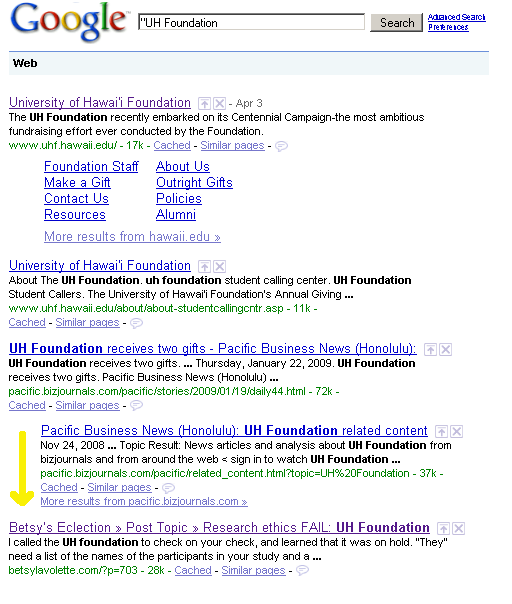
![Reblog this post [with Zemanta]](http://img.zemanta.com/reblog_e.png?x-id=f3dd939b-c4c9-4011-a4ba-27fbbb367487)
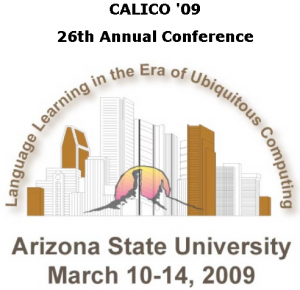
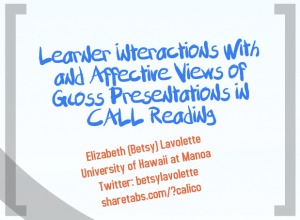
![Reblog this post [with Zemanta]](http://img.zemanta.com/reblog_e.png?x-id=38d52eba-72e9-444d-848f-8be3cb97c77f)
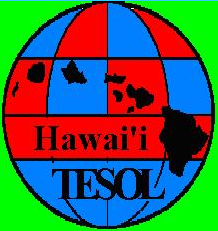
![Reblog this post [with Zemanta]](http://img.zemanta.com/reblog_e.png?x-id=8f28cd23-46b3-43b6-8b37-75b23f5153e6)
![Reblog this post [with Zemanta]](http://img.zemanta.com/reblog_e.png?x-id=2842b60f-5238-4451-829d-7ec819f740f3)
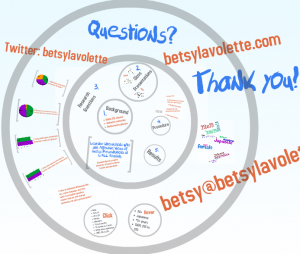
![Reblog this post [with Zemanta]](http://img.zemanta.com/reblog_e.png?x-id=de971d1f-438c-4ff0-af39-78ebc180a4cf)